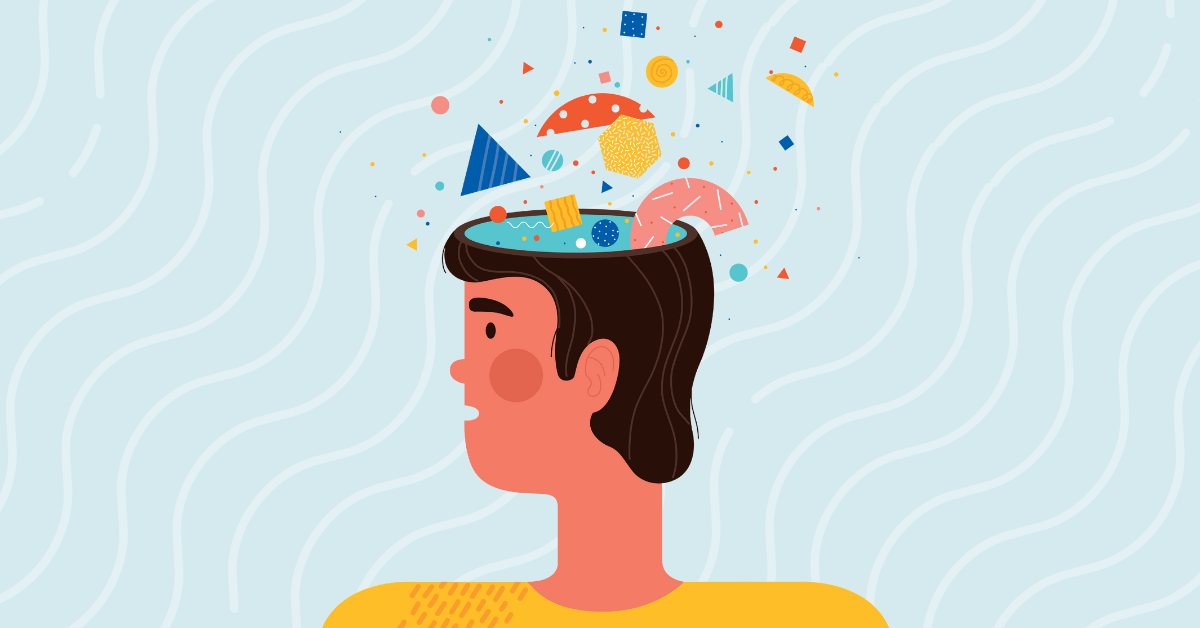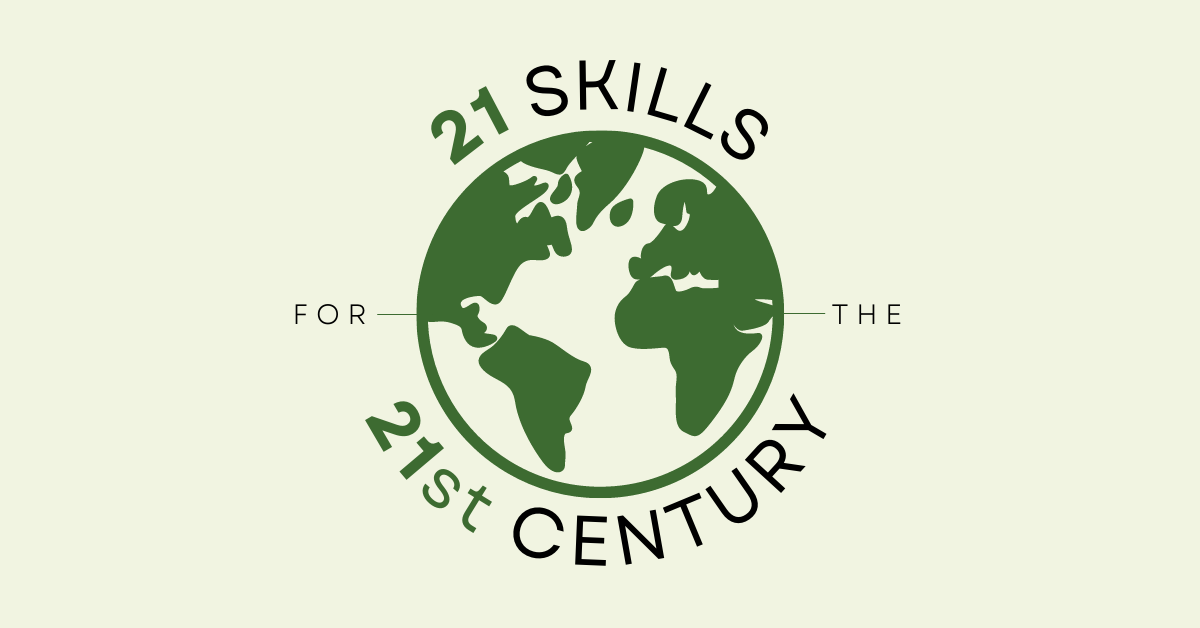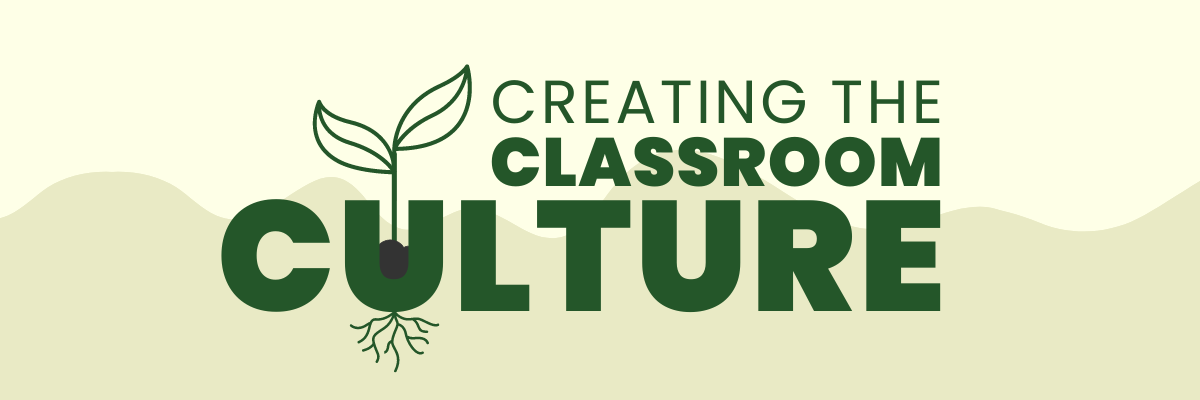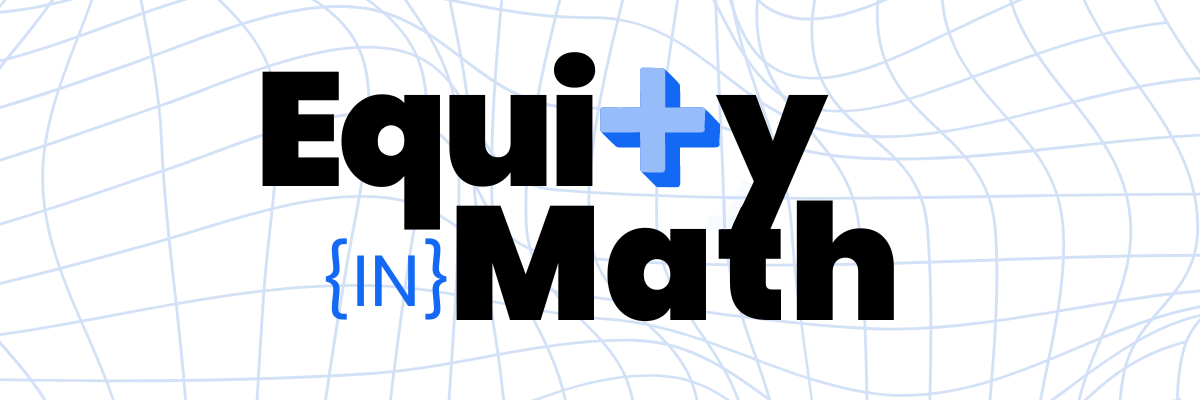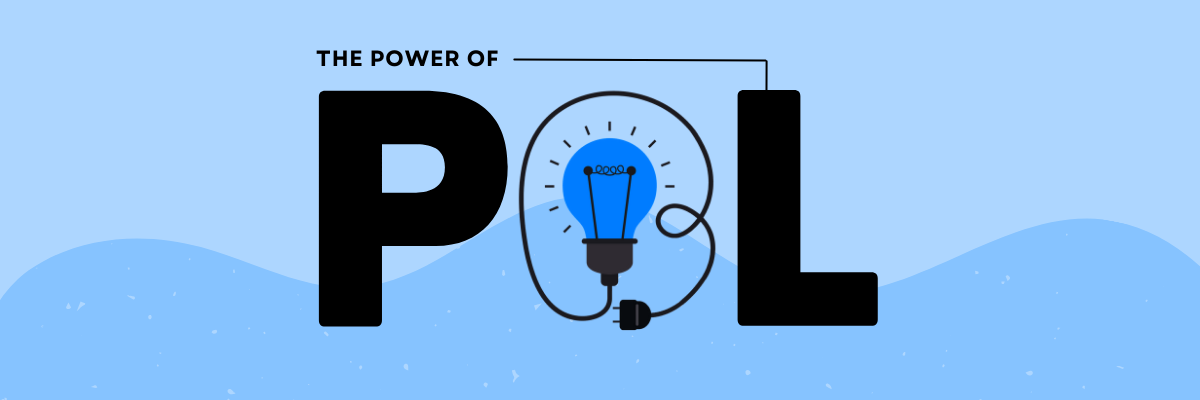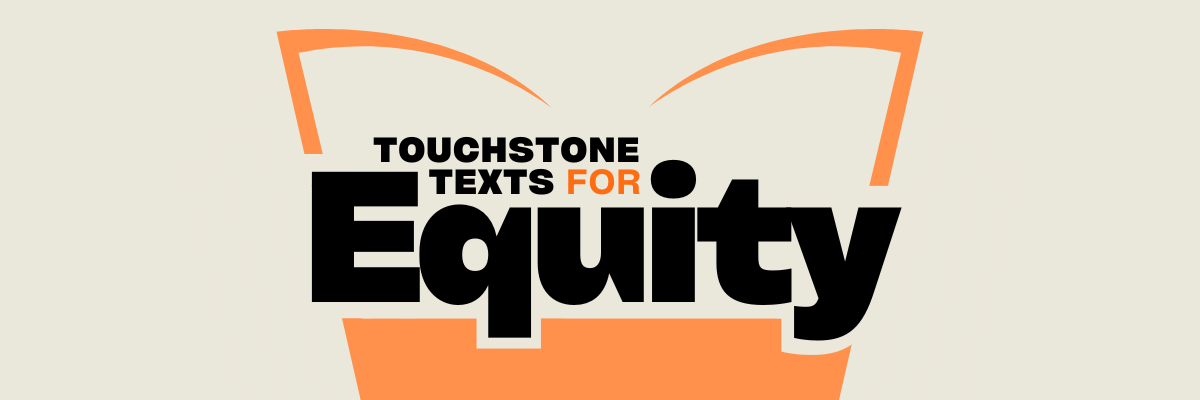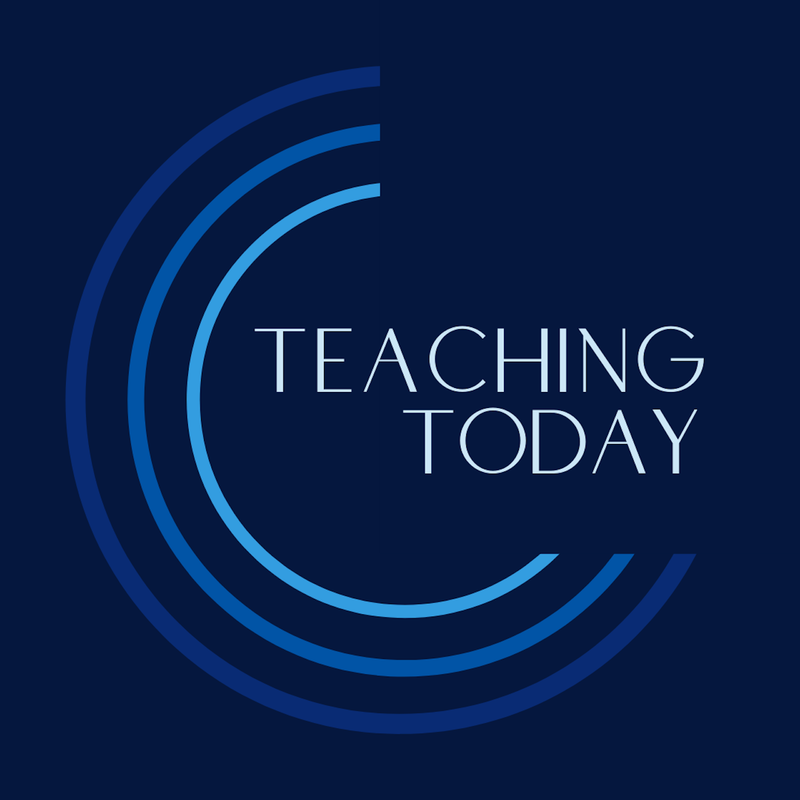|
Turn the obstacles created by shifting learning styles into opportunities for adaptation and innovation.
When it comes to education, every era has its defining tools and methods, each playing a central role. From the iconic chalkboards that once graced classroom walls to the overhead projectors that illuminated our lessons, these tools were fundamental in shaping our educational approaches. However, as technology continues to progress, these traditional tools are gradually being replaced by more advanced alternatives.
As such, education must evolve to keep pace with these changes, and teachers need to adapt to new technologies and teaching methods to effectively meet the needs of their modern learners. In a world defined by 21st century innovation, we can no longer rely on 20th century teaching methods. Yet, embracing change is no easy feat! In a whirlwind of shifts, resistance often arises, especially from educators who’ve experienced firsthand the loss and excitement of these transitions. Many educators find themselves grappling with the need to let go of cherished beliefs and teaching methods rooted in their own experiences and identities. In my recent conversations with teachers, a common sentiment emerges: the perceived disinterest of students in reading, their struggle with mastering basic skills like multiplication tables, and their apparent lack of engagement in critical thinking. These concerns are undoubtedly valid. However, as educators, we must confront the reality that today's students interact with reading, interests, and motivations in ways vastly different from previous generations. Accepting these changes can be difficult, especially when they seem to highlight deficiencies. But if we examine the changes and evolutions of trusted teaching methods of the past, we can gain insight into how technology continues to shape our ways of living and learning, setting the stage for understanding which teaching methods have become obsolete in today's digital age. The textbook
Modern textbooks became a staple starting in the 15th century. These trusty learning companions were used by teachers and students for generations and were praised for their wealth of knowledge evident in their heavy weight. Carrying a textbook was once a symbol of academic dedication, but in today's digital world, textbooks alone do not suffice. They're too basic for modern learners who want interactive, multimedia experiences, and as technology advances and access to information increases, textbooks just can't keep up with the engaging and personalized learning experiences students need.
The encyclopedia
In the 16th century, the encyclopedia was introduced. It was once praised as the most powerful source of human knowledge, jammed between two hardbound covers. I remember being fascinated by Encyclopædia Britannica and waiting in line to use the limited supply in our classroom. I would turn the delicate pages to find answers to all sorts of questions. But today, hard copy encyclopedias are obsolete. Students now have access to the vastness of the internet for instant information and real-time updates.
Library catalog systems
In the 19th century, we experienced the creation of the modern library catalog system, with its neatly indexed cards and Dewey Decimal classifications. It was once the key to the world of knowledge within a library's walls — it guided students through the maze of shelves, leading them to the books and resources they wanted to read. I distinctly recall my visits to the library, armed with my own shiny library card, seeking advice and assistance from the librarian, and paying fees when I missed the return deadline.
Yet, with the advent of digital databases and online search engines, the catalog system is a symbol of the past, replaced by instant access to a wealth of information at our fingertips. Furthermore, the act of reading itself has undergone a significant transformation. While some still cherish the smell and feel of a physical book, like me, checking out physical books has become a distant memory for many. Many people have embraced the convenience of accessing articles, podcasts, audiobooks, and other digital formats. The act of "reading" has expanded to include a wide array of mediums, reflecting the changing preferences and lifestyles of readers and learners in the digital age. The only constant is change
These transformations reflect the resilience of education in the face of technological advancements, underscoring that with change comes the potential for growth, adaptation, and progress. Librarians have evolved into “digital resource coordinators,” “media specialists,” and “information specialists,” guiding learners through the digital landscape. And traditional book companies have transitioned to online platforms for greater accessibility and customization.
Today, we're facing rapid technological changes, like YouTube, TikTok, and social media platforms such as Facebook and Instagram. There's also a growing presence of Generative AI, which, like changes in the past, can feel daunting. These advancements are reshaping the learning landscape, with some fearful of the implications for originality and personal privacy, while others view them as an opportunity to revolutionize education by offering personalized learning experiences for every student. The importance of reflection for innovation
I've been encouraging teachers to ask: What are the goals I have for my students? Where do these goals originate, and do they align with the demands of the 21st century? These inquiries prompt us to determine when adjustments are necessary, whether it involves letting go of outdated methods, revising our approaches, or affirming current practices.
Recently, I've observed educators designing innovative and relevant projects that deeply engage their students. These projects often culminate in products inspired by social media or TikTok videos, and sometimes incorporate QR codes for added interaction. For example, in a history class, students were creating short TikTok-inspired videos depicting key historical events or figures, using creative props and costumes to make the content engaging and memorable. These challenges can encourage active learning and collaboration among students, as they work together to brainstorm ideas and produce their videos. In a science class, I witnessed students engaging in a "Science Experiment Challenge" where they were tasked with filming themselves, with help from the technology teachers, conducting simple experiments and explaining the scientific principles behind them. This not only reinforces learning but also allows students to showcase their understanding in a fun and interactive way. In an art class, a teacher had her students showcase their creative projects by creating a series of Instagram- inspired posts including captions and comments, allowing them to document their artistic process from conception to completion. And in an ELA class, a teacher shared how she has been using AI platforms, like Brainly, to provide additional support to her students by offering personalized tutoring sessions, answering questions, and providing explanations on various topics, supplementing traditional classroom instruction. These examples demonstrate teachers’ efforts to stay updated on technological changes and connect with students by leveraging their interests.
Regardless of your sentiments around these shifts and changes, their impact on students cannot be denied. Therefore, it's crucial to shift our focus towards supporting students in developing the skills and competencies necessary for success in the modern world. Rather than viewing students' changing learning styles and interests as obstacles, we must see them as opportunities for growth, adaptation, and innovation.
By meeting students where they are and embracing their unique perspectives, we can foster a learning environment that encourages curiosity, critical thinking, and engagement with the world around them. This approach not only prepares students for the challenges of today, but also equips them with the resilience and adaptability needed to thrive in an ever-changing future.
References
The Journal of American History Textbooks Today and Tomorrow: A Conversation about History, Pedagogy, and Economics Encyclopedia Britannica |
|
The Center for Professional Education of Teachers (CPET) at Teachers College, Columbia University is committed to making excellent and equitable education accessible worldwide. CPET unites theory and practice to promote transformational change. We design innovative projects, cultivate sustainable partnerships, and conduct research through direct and online services to youth and educators. Grounded in adult learning theories, our six core principles structure our customized approach and expand the capacities of educators around the world.
|
ABOUT US
525 West 120th Street, Box 182 New York, NY 10027 416 Zankel Ph: (212) 678-3161 [email protected] Our Team Career Opportunities |
RESOURCES
Professional Articles Ready-to-Use Resources Teaching Today Podcast Upcoming PD Opportunities |
COACHING SERVICES
Custom Coaching Global Learning Alliance Literacy Unbound New Teacher Network Student Press Initiative |




